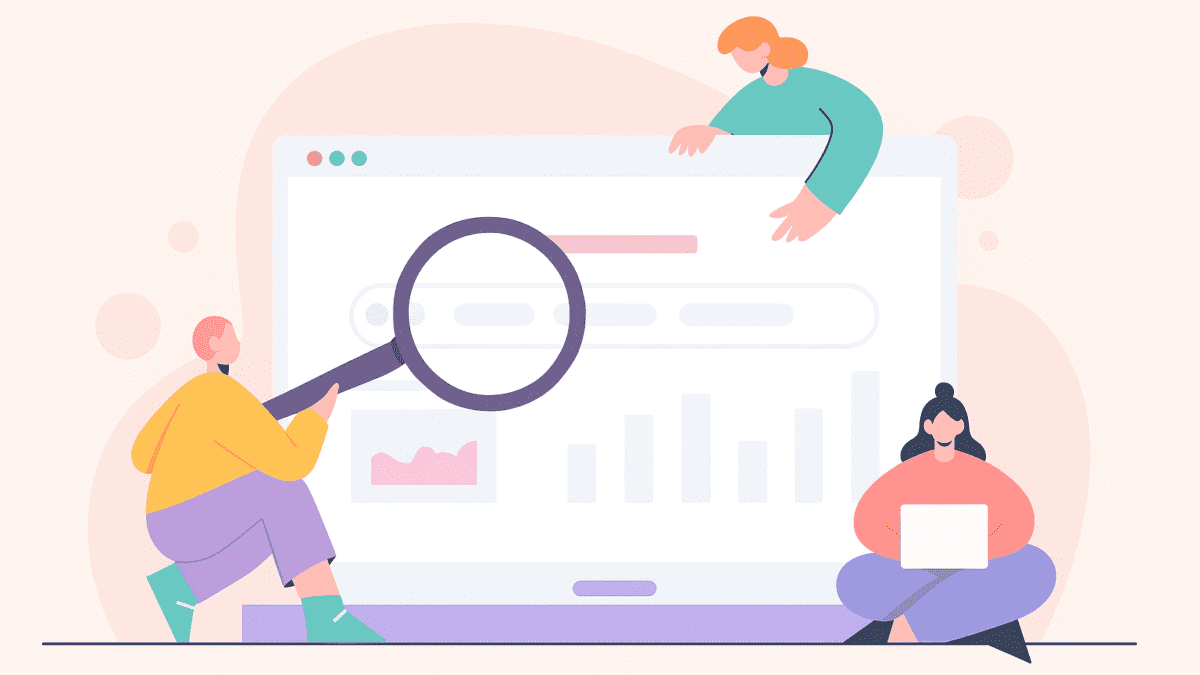Why SEO Alone Isn’t Enough in 2025: The New Rules for B2B Visibility
Table of Contents
Introduction
Search engine optimization (SEO) has long been a cornerstone of B2B marketing. Ranking high on Google means more visibility, more traffic, and ideally—more leads. But in 2025, SEO alone isn’t enough to win in crowded, competitive digital landscapes.
Why? Because B2B buyers now move across platforms, consume content in many formats, and expect personalized experiences. Simply ranking for a keyword doesn’t guarantee qualified traffic or conversions.
To win in 2025, you need to go beyond SEO—and integrate it into a broader, smarter visibility strategy.
The Problem with Traditional SEO-Only Thinking
B2B marketers who rely solely on SEO face three major challenges:
- Long Time-to-Value: Organic SEO can take 3–6 months (or more) to show meaningful results.
- Keyword Saturation: High-value terms are saturated by large enterprises or paid ads.
- Limited Buyer Reach: Your prospects are also on LinkedIn, industry newsletters, podcasts, Reddit, G2, and more—not just Google.
If SEO is your only visibility lever, you’re missing out on potential customers.
What Visibility Looks Like in 2025
Today’s B2B visibility strategy must combine:
- SEO and on-page optimization
- Content syndication and third-party distribution
- AI-driven personalization and lead scoring
- Paid amplification (LinkedIn, programmatic)
- Thought leadership across multi-channel content
It’s no longer about ranking—it’s about relevance and reach.
Visibility Layers That Go Beyond SEO
Content Syndication to Reach Buyers Where They Already Are
Even if your blog ranks, your target audience might never see it. Content syndication places your best assets (e.g., whitepapers, guides, blogs) on trusted B2B platforms.
Pro Tip: Use iTMunch’s Content Syndication Services to generate high-intent leads from niche industry sites.
AI-Powered Lead Qualification
SEO can bring traffic, but what happens next? AI-powered CRMs and analytics platforms now score leads based on:
- Behavior (pages visited, assets downloaded)
- Fit (job title, company size, industry)
- Intent (search patterns, ad engagement)
This ensures your sales team only follows up with leads that matter.
Multi-Touch Attribution & Retargeting
B2B buyers need multiple interactions before converting. Retargeting helps re-engage SEO visitors who didn’t convert—via:
- LinkedIn remarketing
- Google Display Network
- Email workflows based on behavior
SEO brings them in. Retargeting brings them back.
Programmatic Ads + Intent Targeting
SEO might capture “active searchers,” but what about those who haven’t Googled yet?
Use programmatic ads + intent platforms (like Bombora or G2) to proactively reach accounts researching your category—before they land on your site.
Check out our Programmatic Advertising Services to scale this.
Conclusion
In 2025, visibility isn’t just about search rankings—it’s about showing up where your buyers already are, when they’re ready to engage, and with content that speaks directly to their needs. SEO is still important, but it’s just one layer of a comprehensive strategy. By combining organic search with content syndication, AI-powered lead qualification, multi-touch attribution, and intent-driven advertising, B2B marketers can create a visibility engine that drives real pipeline—not just pageviews. The future belongs to those who think beyond keywords and embrace a full-funnel, buyer-centric approach.
See Also: Content Syndication in 2025: Choosing Platforms That Actually Generate Leads





